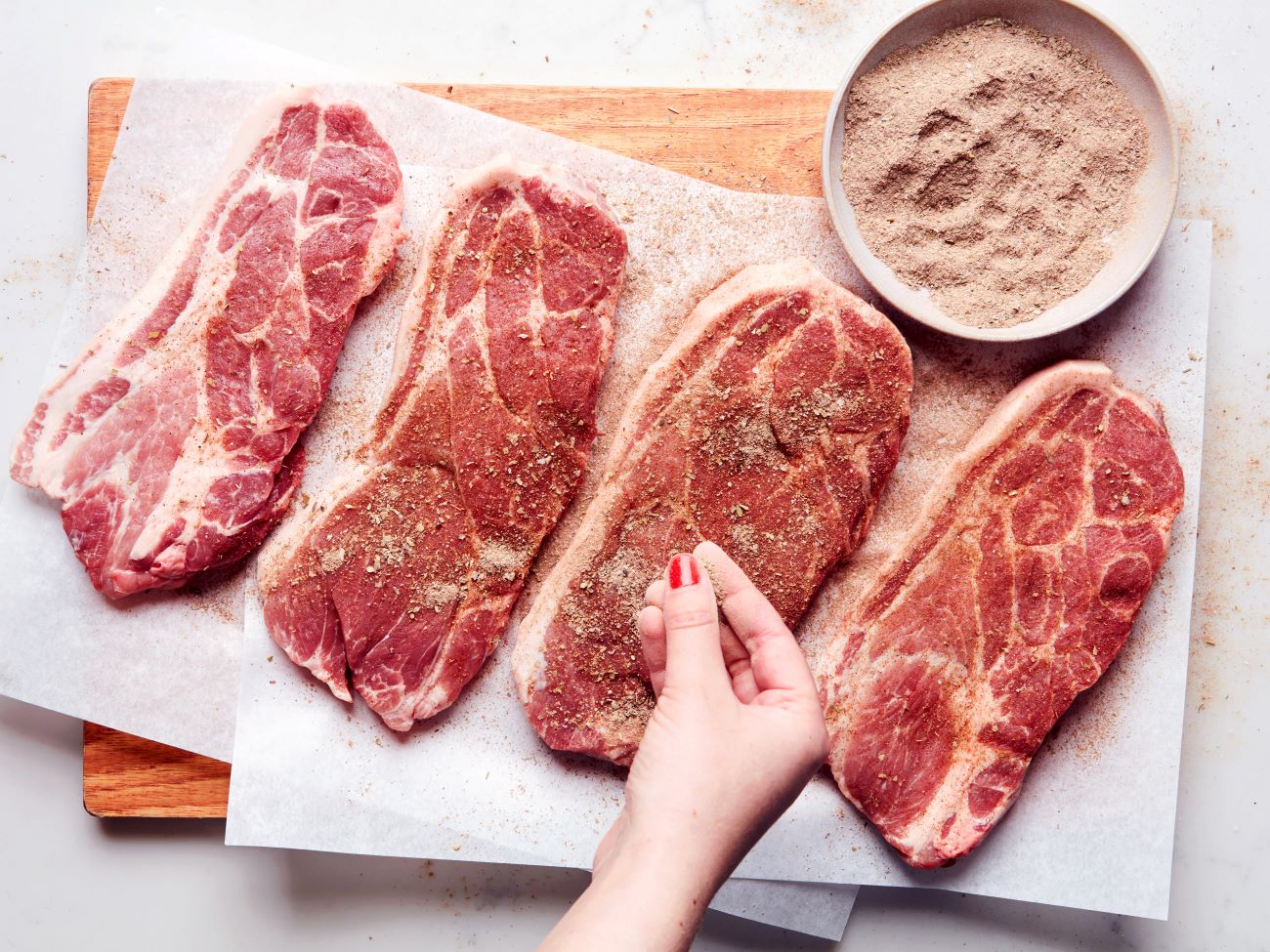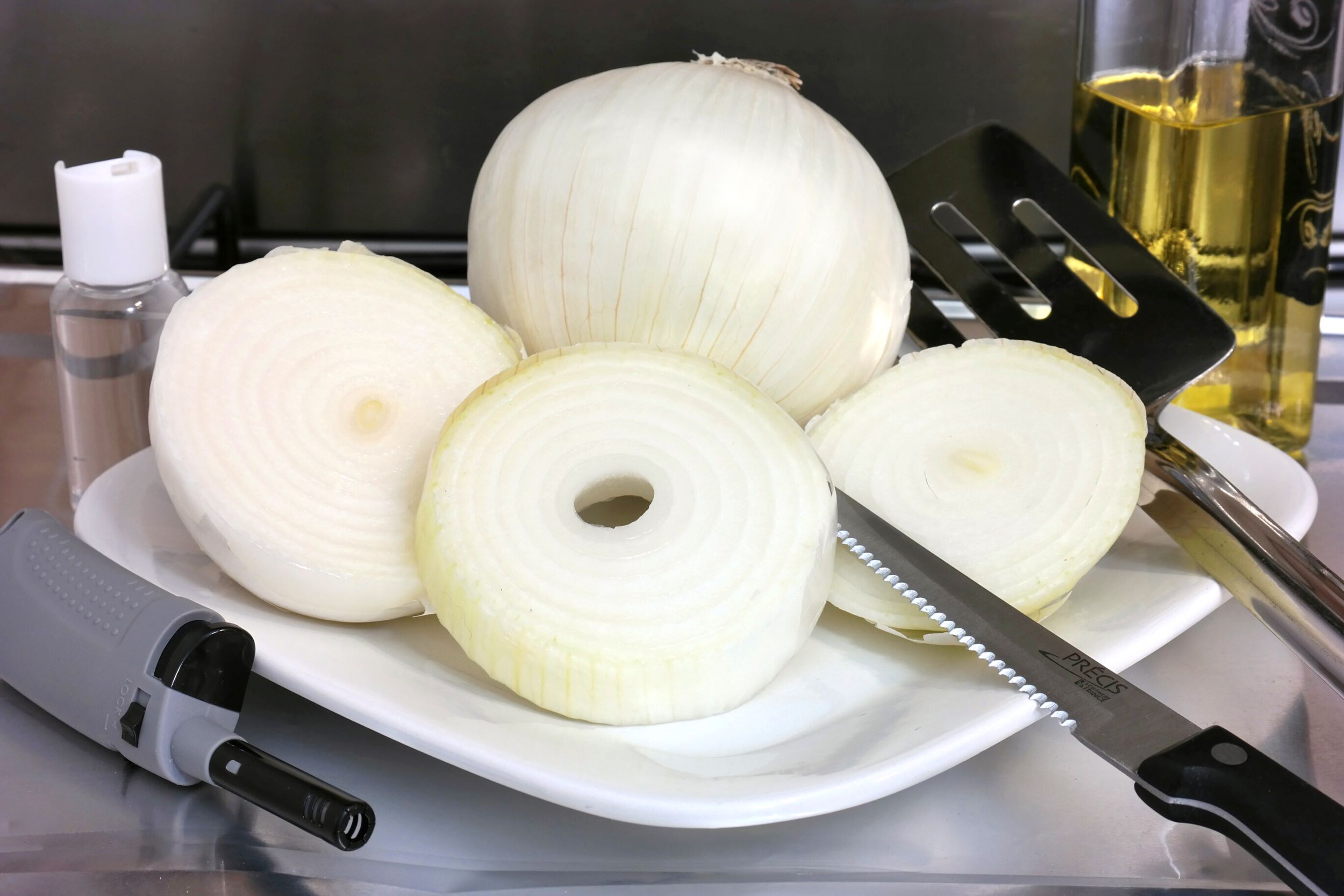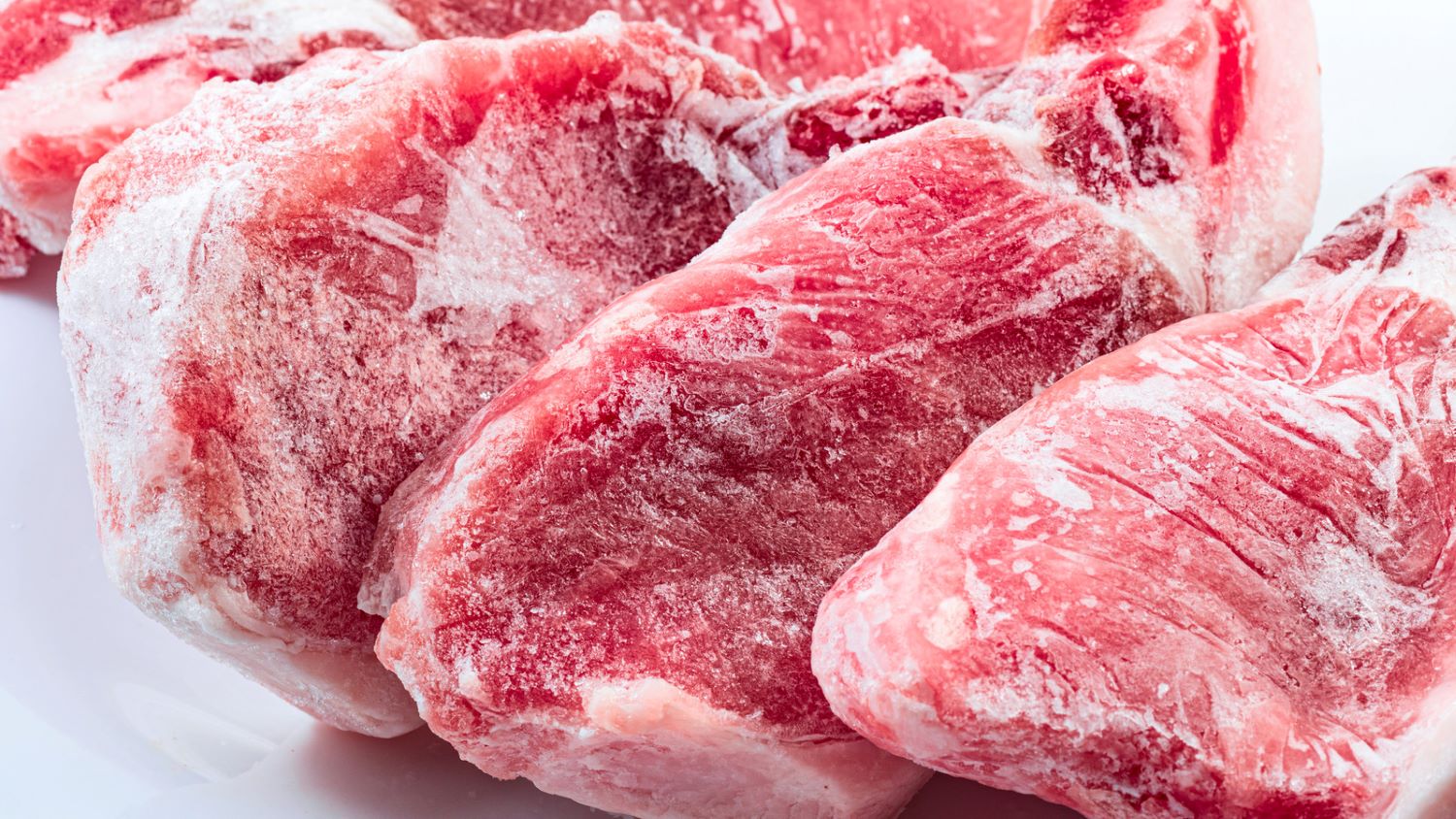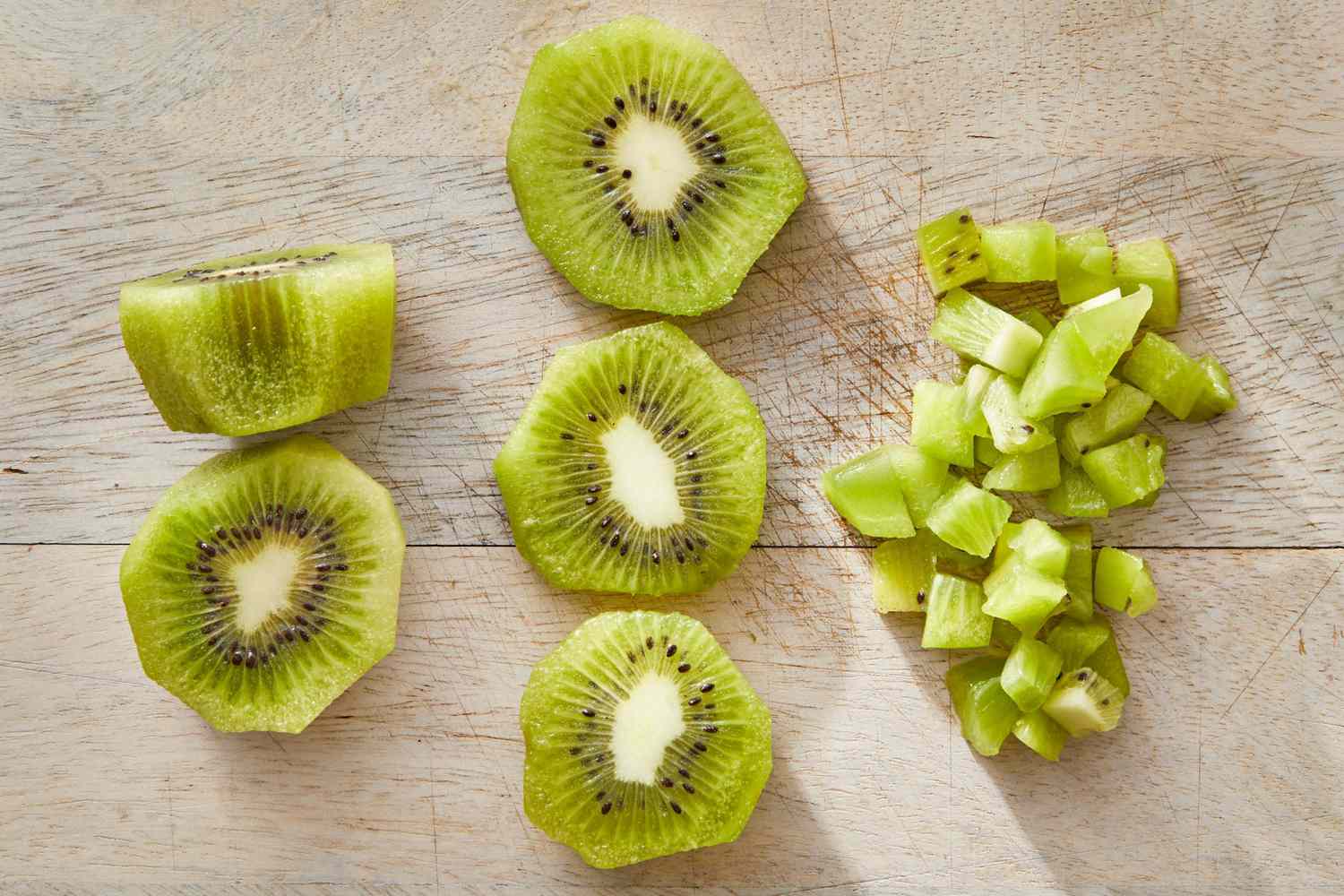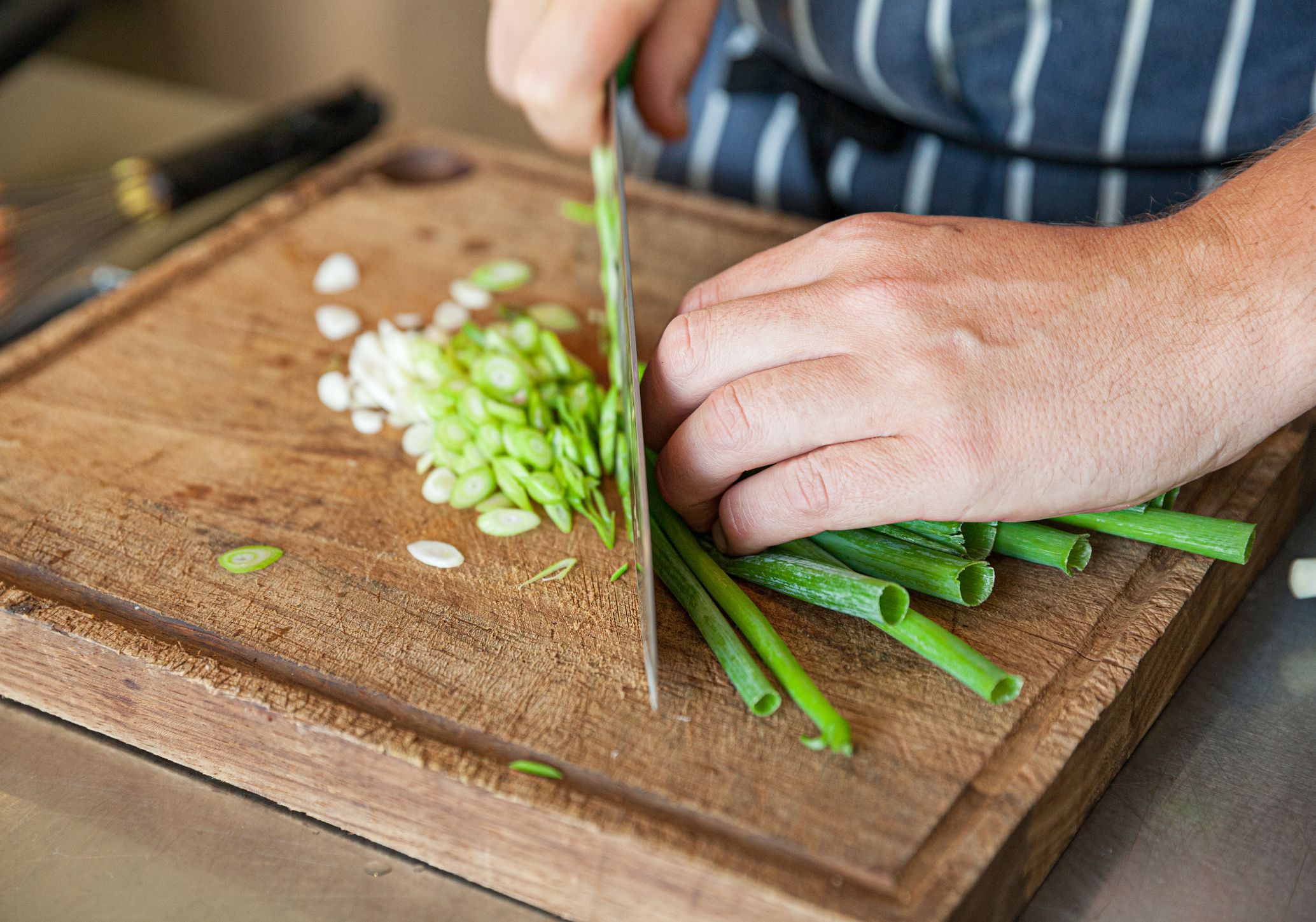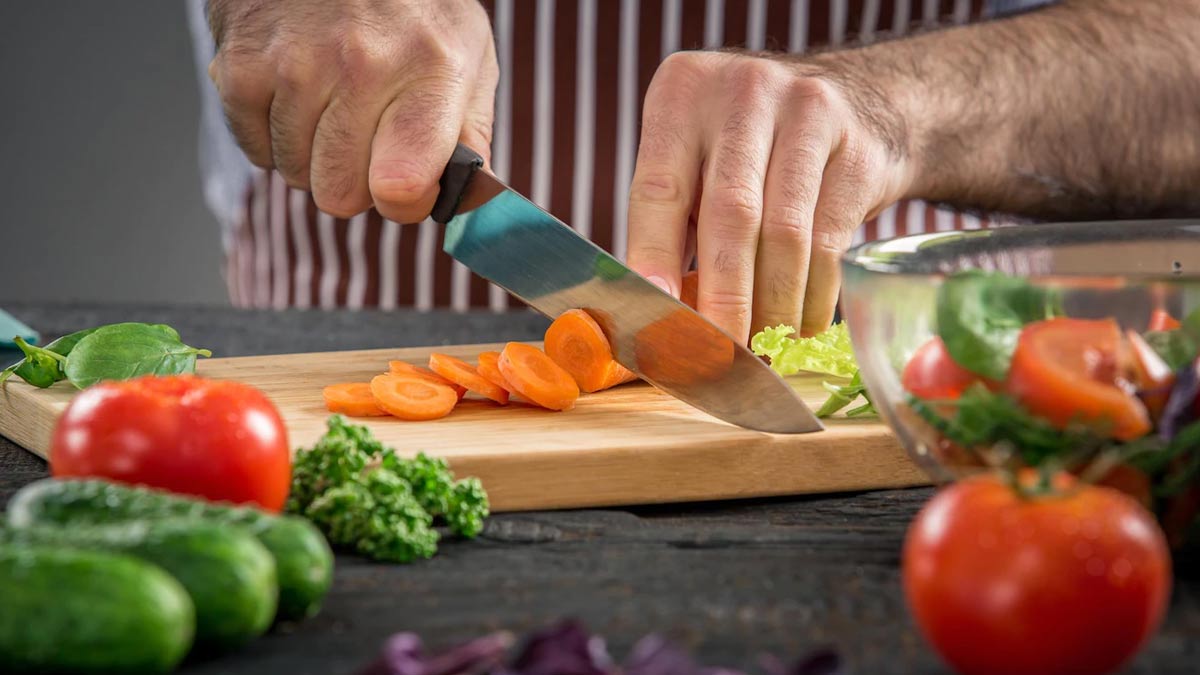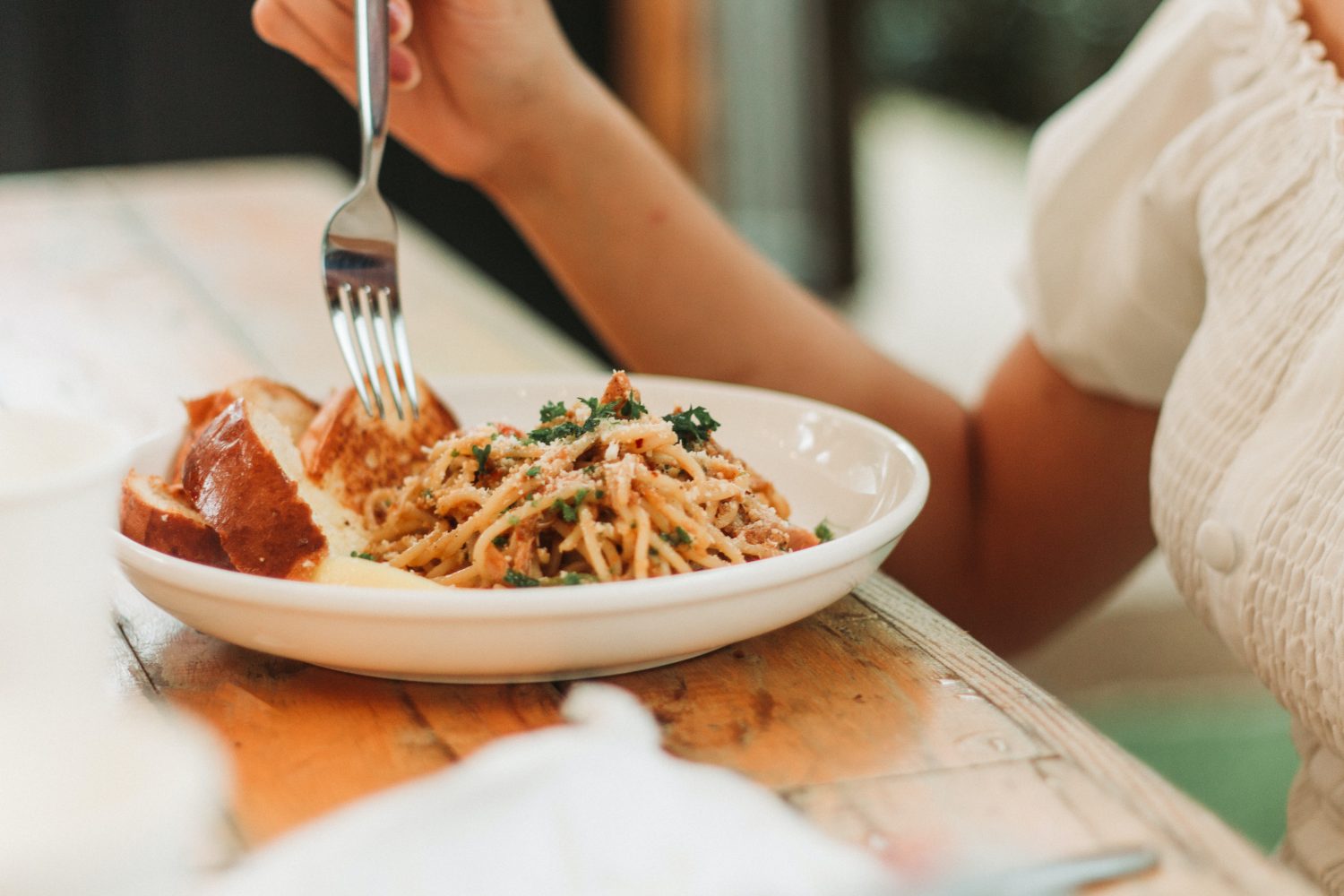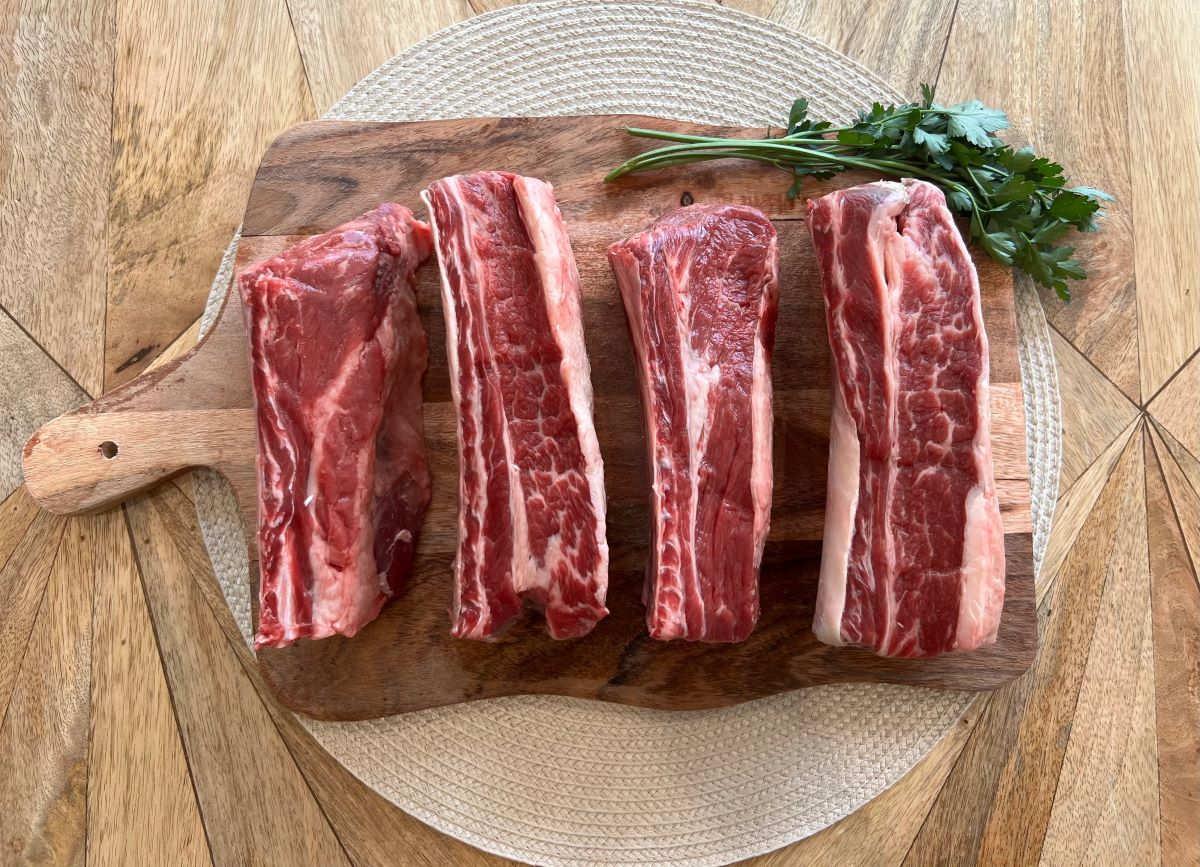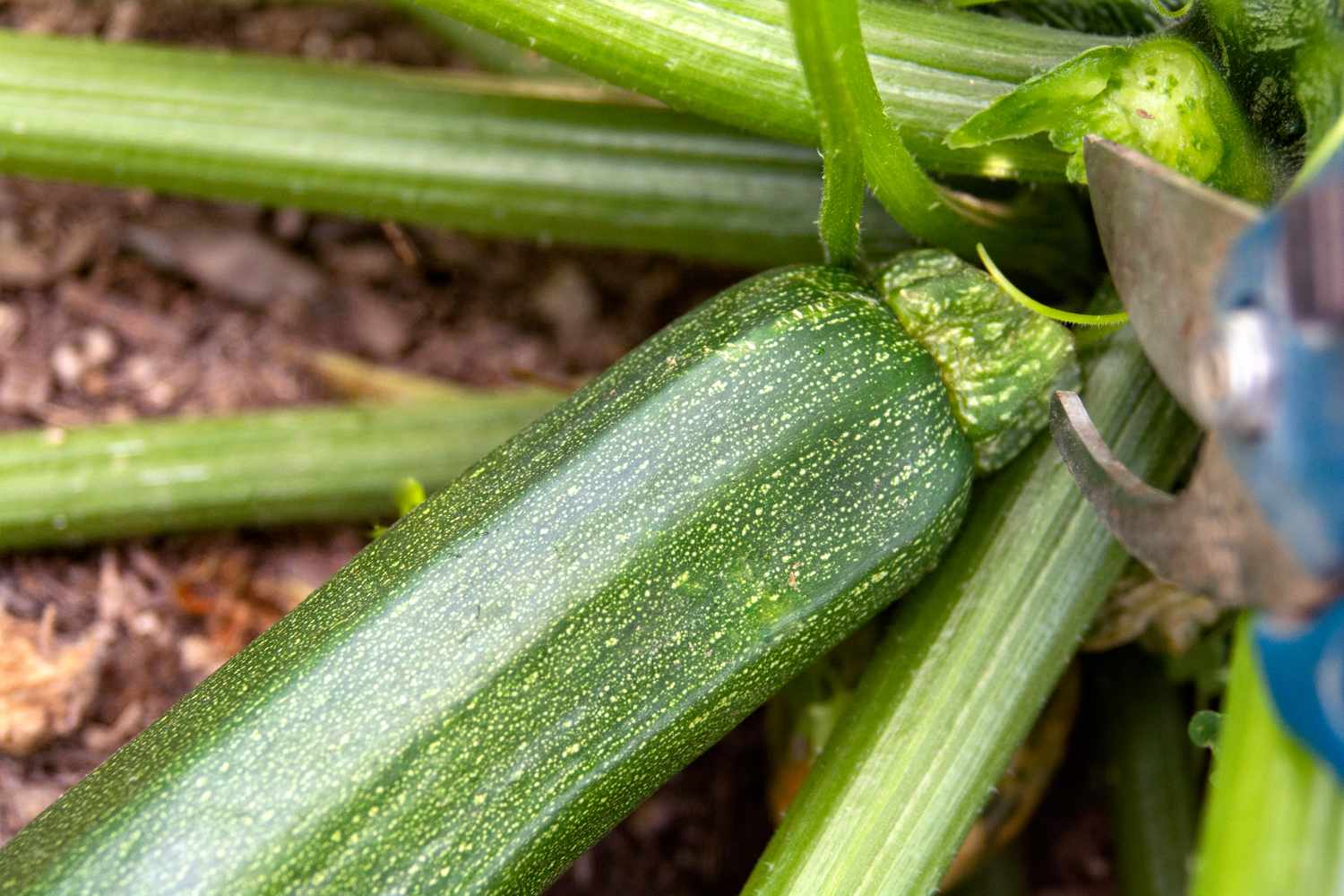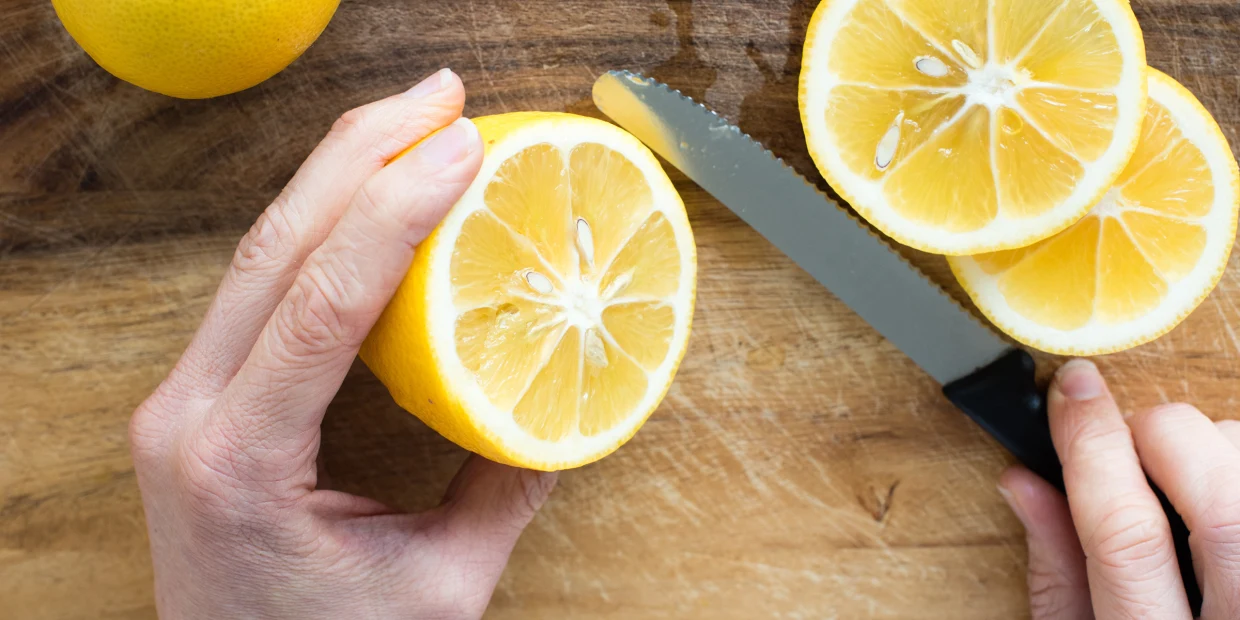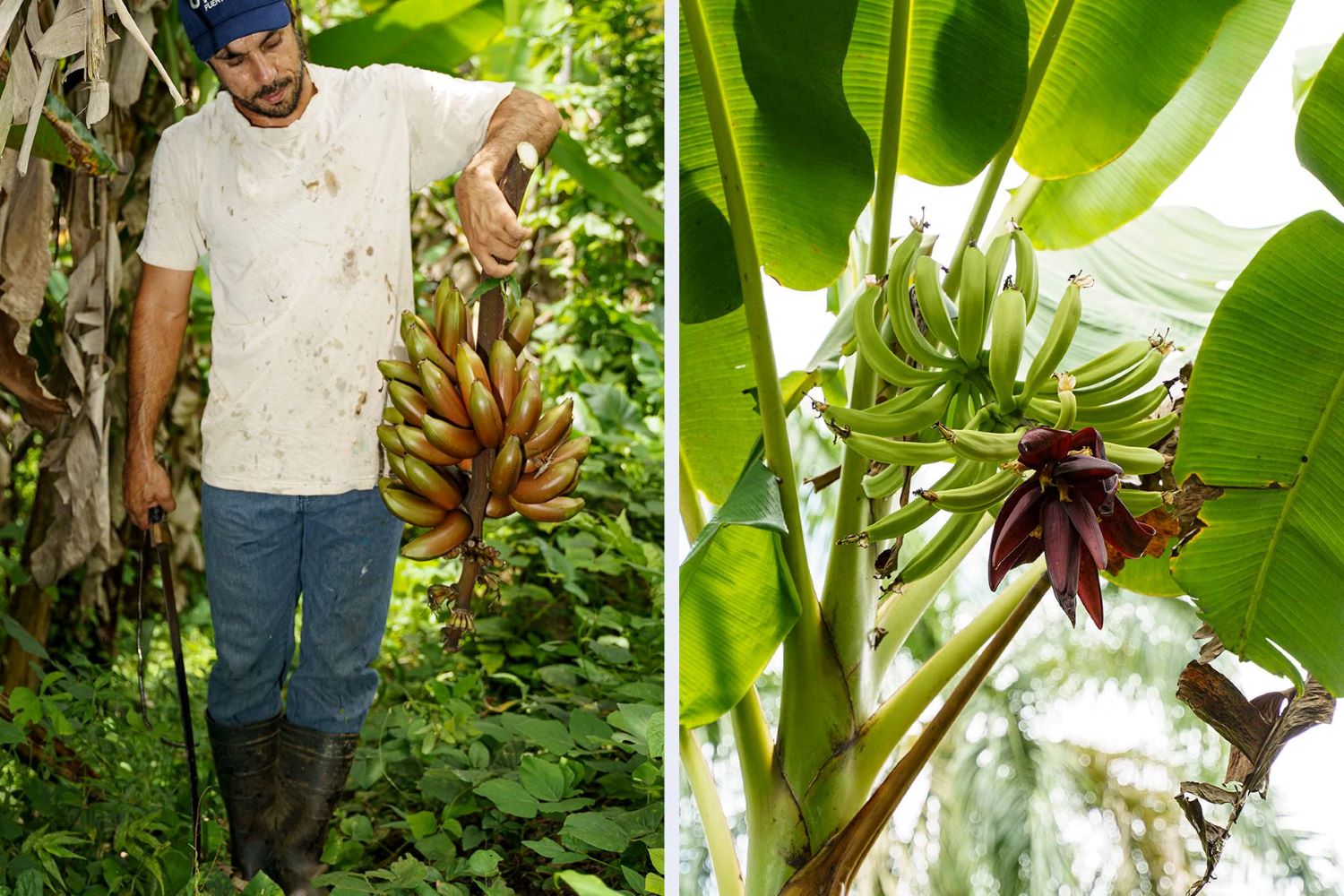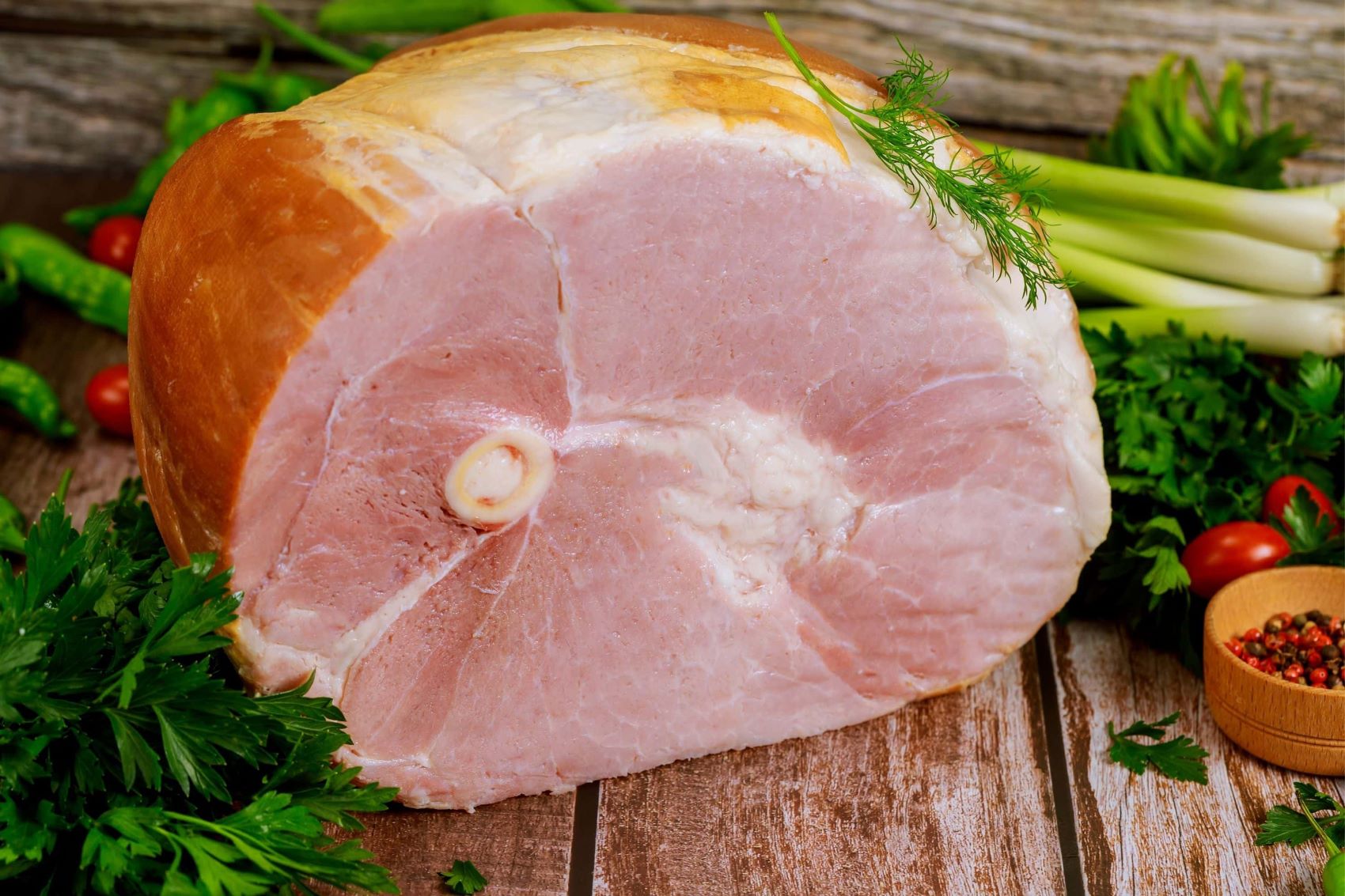Charcuterie boards have become increasingly popular in recent years, and for good reason. These beautifully arranged platters of cured meats, cheeses, fruits, and more make a stunning centerpiece for any gathering or party. A key element of a well-balanced charcuterie board is the inclusion of fresh, juicy fruits like pears. However, knowing how to properly cut a pear for a charcuterie board can make a big difference in both presentation and enjoyment. In this blog post, we will guide you step-by-step on how to cut a pear for a charcuterie board that is sure to impress your guests.
Step 1: Choosing the Perfect Pear
When selecting a pear for your charcuterie board, it’s important to choose one that is ripe but still firm. Look for pears that are free of bruises or blemishes and have a nice, even color. Popular varieties for charcuterie boards include Bosc, Bartlett, and Anjou pears.
Step 2: Wash and Dry the Pear
Before cutting the pear, wash it thoroughly under cool running water to remove any dirt or residues. Pat it dry with a clean towel to ensure there is no excess moisture on the surface.
Step 3: Slice Off the Ends
Using a sharp knife, carefully slice off a small portion of both ends of the pear. This will create a flat surface to work with and make it easier to cut uniform slices.
Step 4: Cut the Pear into Halves
Hold the pear firmly and cut it vertically down the center, from top to bottom. This will give you two halves of the pear.
Step 5: Remove the Core
With a spoon or a melon baller, carefully scoop out the core of each pear half. This will remove the tough, woody center and make the pear more enjoyable to eat.
Step 6: Slice the Pear
Place each pear half, flat side down, on a cutting board. Using your knife, make vertical slices across the pear, ensuring uniform thickness. If you prefer, you can also make diagonal slices for a more visually appealing presentation.
Step 7: Arrange on the Charcuterie Board
Now that you have perfectly sliced pears, it’s time to arrange them on your charcuterie board. Place them alongside other delicious ingredients such as cured meats, artisanal cheeses, crackers, nuts, and dried fruits. The juicy sweetness of the pears will complement the savory flavors of the other components, creating a delightful contrast.
Tips for Serving
- For an added touch, drizzle the pear slices with a bit of honey or sprinkle them with cinnamon before serving.
- Pear slices are best enjoyed fresh, so try to cut them just before serving to maintain their freshness and prevent browning.
- Consider serving different varieties of pears to provide a variety of flavors and textures.
Now that you know how to cut a pear for a charcuterie board, you can elevate your entertaining game to a whole new level. With its juicy sweetness and beautiful presentation, your pear slices will be a highlight on any charcuterie board. So, roll up your sleeves and get ready to impress your guests with your pear-cutting skills!
For those keen on mastering the art of cutting pears for a charcuterie board, there are numerous recipes to try out that showcase this skill. Consider making Pear and Blue Cheese Crostini or Pear and Walnut Salad, as these dishes emphasize the delicate and precise slicing needed for creating elegant presentations. The Pear and Almond Tart is another great option, offering a sweet touch alongside your savory board, while the Grilled Pear and Chicken Salad combines both flavor and technique. For a bit of a twist, try the Pear and Prosciutto Pizza; the thinly sliced pears add a delightful contrast to the salty prosciutto. Finally, don't miss out on Prosciutto-Wrapped Pears with Goat Cheese; this recipe highlights the beauty of well-cut pear slices wrapped in savory prosciutto, making it a standout choice.
Was this page helpful?
Read Next: How To Cut Lime For Beer
